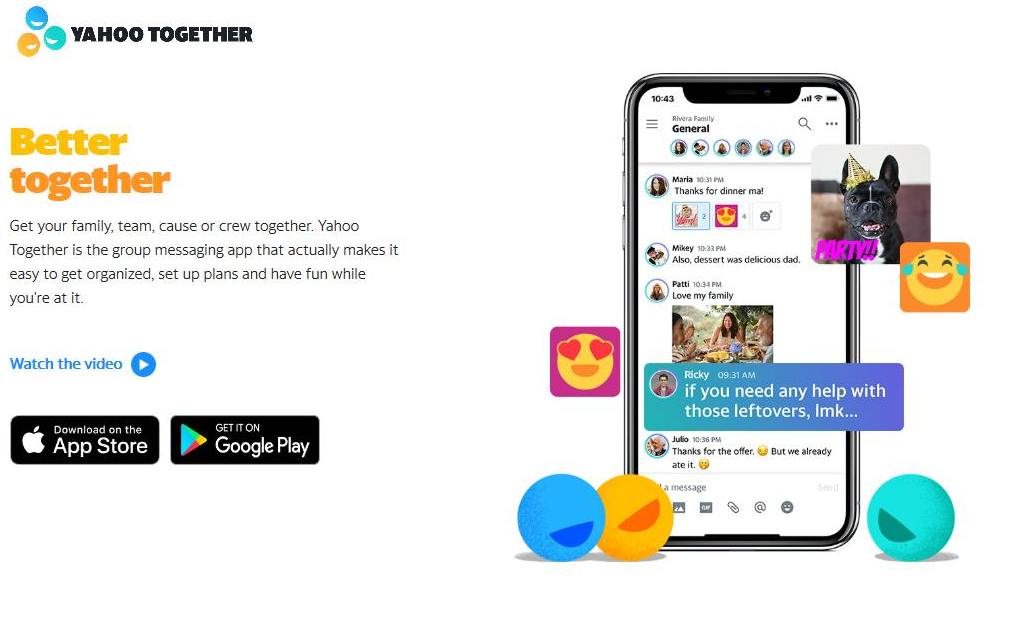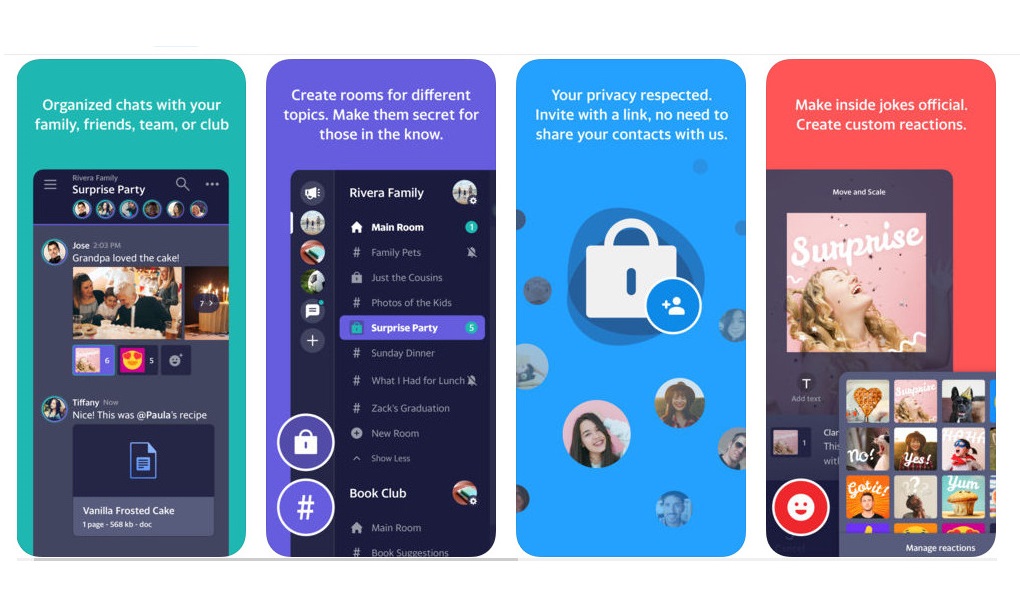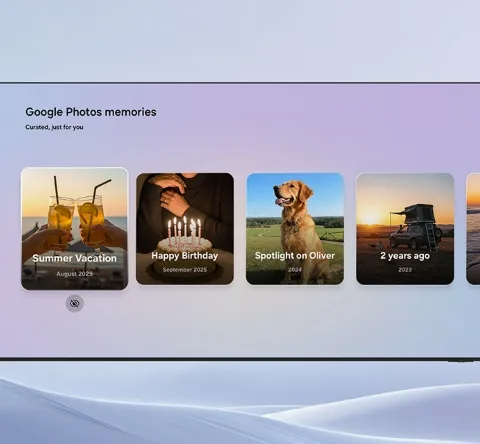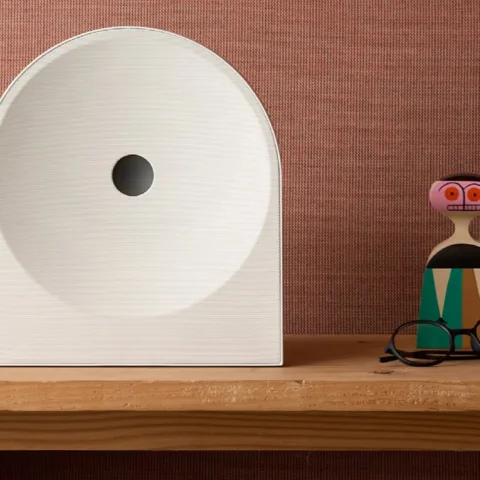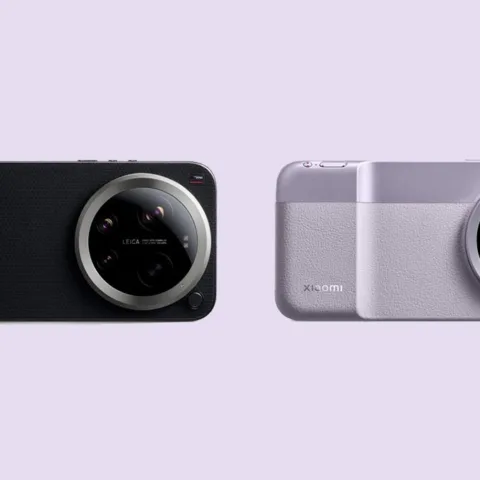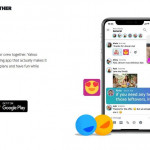 Koprol first introduced its new beta site back in July which features hover cards, stamps, hot tags, and onboarding. On Tuesday it finally completed its transition from the old design and brought forward the beta site to Koprol’s primary address. Koprol users will no longer have to go to new.koprol.com to use the revamped version.
Koprol first introduced its new beta site back in July which features hover cards, stamps, hot tags, and onboarding. On Tuesday it finally completed its transition from the old design and brought forward the beta site to Koprol’s primary address. Koprol users will no longer have to go to new.koprol.com to use the revamped version.
Over the past six months, Koprol has been hard at work in delivering new features, apps, and partnerships, as well as launching in The Philippines and you can read about those guys on our pages here on DailySocial but ever since publishing that love letter back in August, I haven’t seen any serious push to make Koprol more popular in Indonesia, let alone ASEAN, and at this stage, you can probably forget Asia. Localizing the service is one thing but getting people to use it is a whole different ball game.
It has been a year since the cross media campaign for Koprol ended yet it is still almost exactly where it was, except with more users, an Android app, and new sites. As far as relevance goes, it doesn’t look like it has caught on that well.
I think the biggest question that the team needs to ask is, just what the heck is Koprol all about? Further to that, is it a discovery service? A social network? A sharing platform? What differentiates Koprol from the big boys like Twitter, Google+, and Foursquare? Koprol is a little bit older than Foursquare and way older than Google+. Why hasn’t Koprol been more integrated to Yahoo’s services the way Google+ is to Google’s own?
Who is Koprol aimed at? What is the purpose of the service and why should people use it? To try and answer these, Let’s look at some of the other social networks.
Facebook essentially tries to be your home on the Internet in which you do everything within its walled garden. You can post status updates, share photos, blog about your interests, play games, chat with friends and colleagues, and so on. It’s like AOL mark 2.
Twitter allows you to have a stream of self curated information. You follow accounts that are interesting and relevant to you and you can also connect with friends or strangers. It’s little catch, is that whatever you share have to stay within 140 characters.
Foursquare lets you tell your friends where you are. Additionally, you can share photos of the locations, leave tips and receive comments from your friends. By achieving mayorship, or the person who checks in the most often at particular locations, you may receive special offers.
Google+ is sort of a mix between Twitter and personal blogging. While it uses the popular stream approach used by many other social networks, it doesn’t limit the amount of text entered into a post, allowing its members to practically create blog posts.
So what is Koprol? It says it wants to help people discover new and exciting places around the world. In practical terms, it’s like Twitter mashed together with Foursquare. Problem is, people already use Twitter and Foursquare separately, so we’re now back to the question; What sets Koprol apart, what makes it compelling to use?
At this moment, I have no answer to that and having asked that question to the big boys and girls at Koprol, they can’t seem to answer that either, not without referring to Indonesian traits and origin of the service. If anyone could figure out what Yahoo! wanted out of Foursquare when they were negotiating back in early 2010, maybe the same answer could apply to Koprol.
Additionally, there hasn’t been a peep about Koprol for Business which was launched in February of this year.
Given the rate at which Koprol is moving at this point, and the lack of significant achievements since its acquisition in May 2010, it wouldn’t surprise me to see it end up in the deadpool within two years unless Yahoo pulls a rabbit out of a hat or at least figures out what it wants to do with Koprol.


